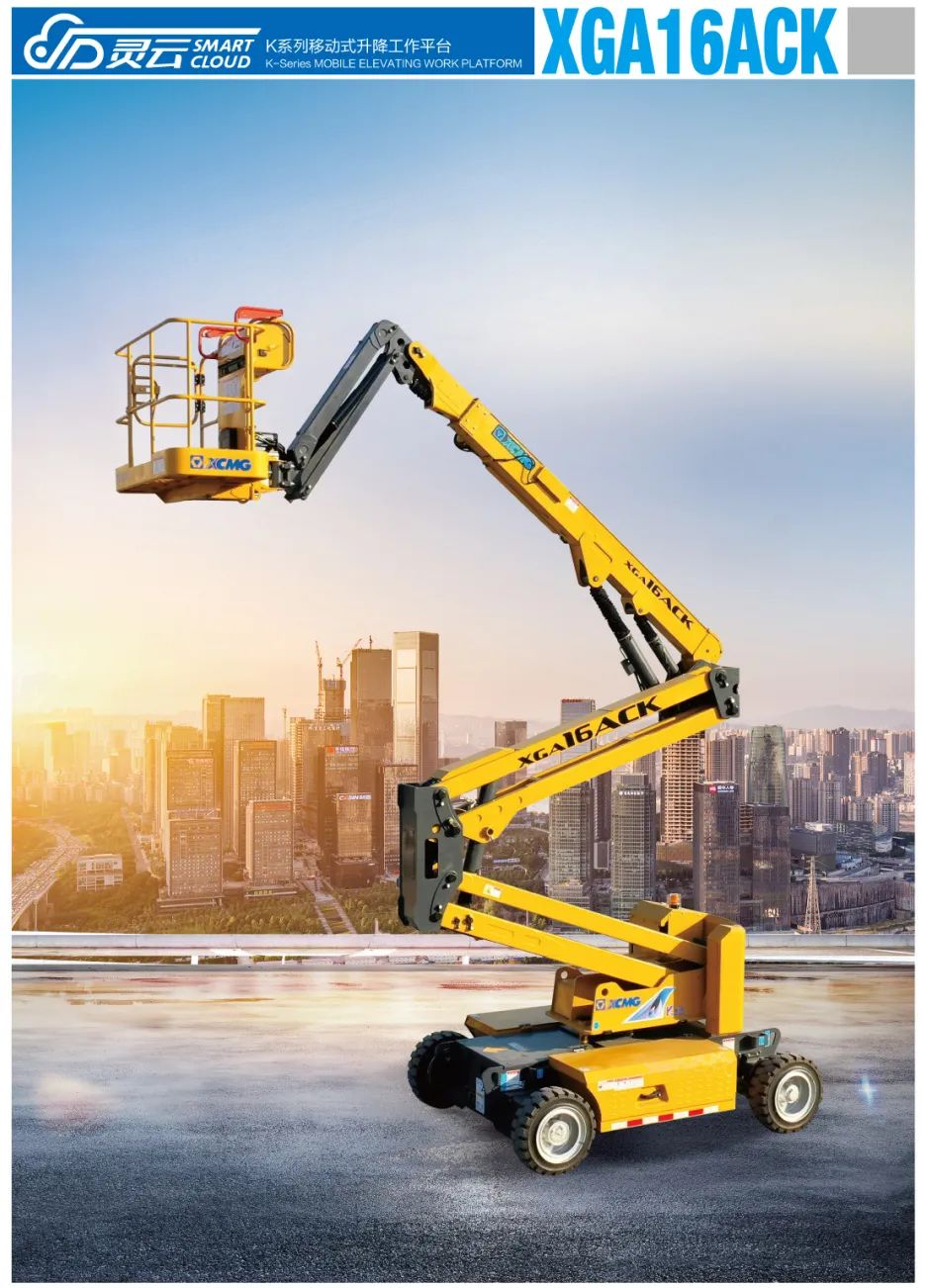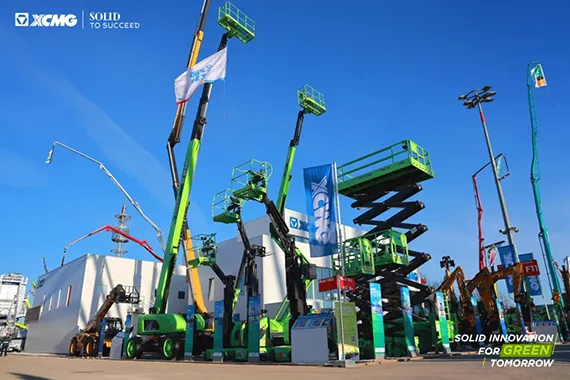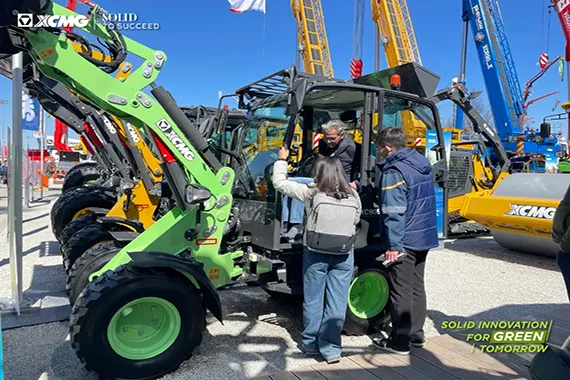Safely Transporting a Boom Lift or Trailer-Mounted Boom: A Comprehensive Guide

Transporting boom lifts to a job site requires careful attention to safety rules. Although different models and types of equipment may have varying requirements, two important safety measures apply to all:
1. Always read the Operator's Manual for step-by-step instructions on loading the boom safely and efficiently.
2. Park the transport vehicle on a firm surface and secure it to prevent rolling during loading and unloading.
Once these safety measures are in place, the boom lift must be prepared for transport. The Operator's Manual provides guidance on the correct "transport position" for each model, which typically involves fully lowering or retracting platforms, jibs, booms, and axles. Ideally, the platform floor should be horizontal to the transport trailer bed, but if this is not possible, follow the manual for the correct positioning and securing of the platform.
Loading the boom lift poses several hazards, such as tip-over and collision hazards due to limited sight distance or overhead power lines. Only qualified aerial lift operators should move the machine on or off the transport truck. Before transport, inspect the entire machine for loose or unsecured items, and use a turntable rotation lock pin, making sure the key switch is off and the key is removed.

To secure the platform, use appropriate restraints parallel to the machine's restraint guides and force-absorbing materials to reduce movement. The chassis of the boom must also be secured to the transportation platform using at least six chains with ample load capacity. Refer to the Transport and Lifting Instructions in the Operator's Manual for a diagram.
For trailer-mounted boom lifts, it's essential to check the towing capacity of the vehicle before loading the boom. Safety chains and brake cables should be attached to the vehicle, with chains crossing under the hitch. When driving with a boom lift, observe safe driving practices, such as slowing down for downgrades, curves, or hazardous road conditions, and avoiding sudden movements. The maximum towing speed should not exceed 60 mph.
When loading or unloading equipment from a transport vehicle on a public road, take extra safety measures such as using warning cones, hazard tape, signs, and flag personnel to ensure the safety of workers and drivers on the road.



















